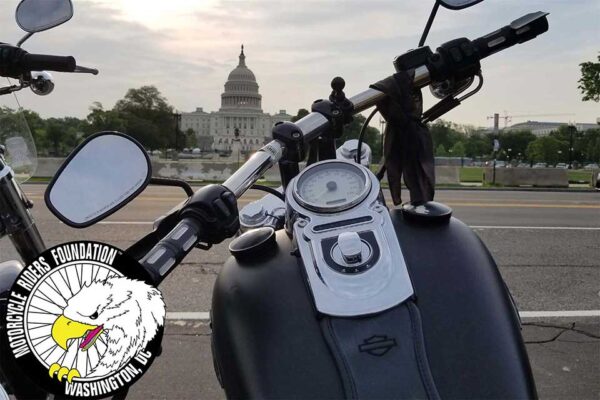Get Your Kicks on Route 666
Story and photos Koz Mraz www.kozmoto.com Arizona has incredible geological diversity that lie between Flagstaff’s Humphries Peak, at 12,637 feet to the Grand Canyon, the Red Rocks of Sedona to lush Verde Valley. Arizona also has the longest continuous stretch of uninterrupted Route 66 two-lane asphalt and is home to Route 666. Renamed SR 191 […]
Get Your Kicks on Route 666 Read More »

